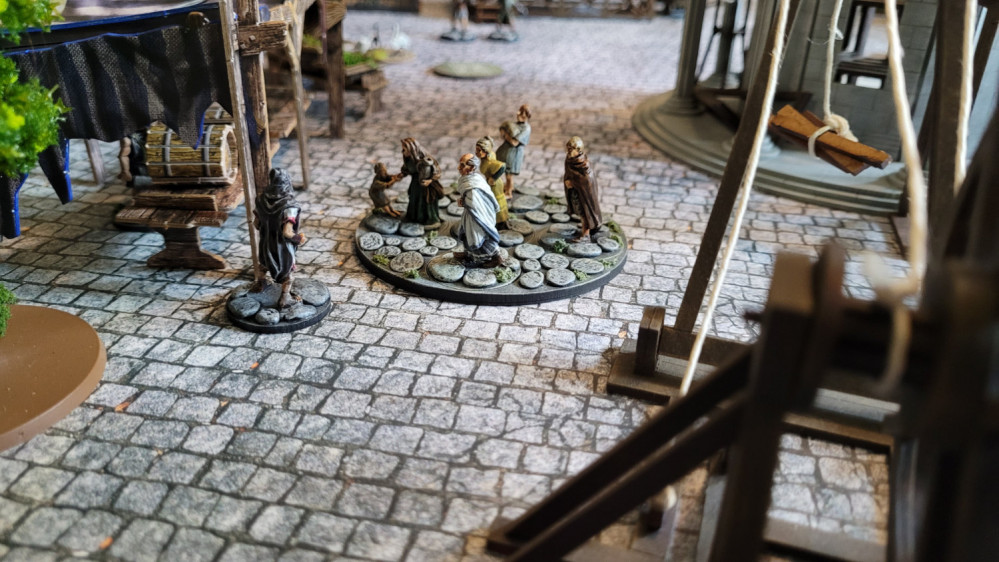
Returning to Gangs of Rome
Scenario I: Looting
This scenario seems designed to cover the basics of chasing down objectives. The goal is to be holding the most objective tokens at the end of five rounds, so not only do you have to collect them, but you have to hold on to them for the duration of the game. It’s a little more interesting than a last man standing type of game, as the characters who pick up objectives then become priority targets.
The setup also serves as an introduction to the “token draw” style of determining turn order. Colored tokens are added to a bag (or in our case, a Roman-looking cup), along with a third color (red) that represents the three non-player mobs. We start out by placing two tokens for each player in the cup, then drawing them to determine who gets to place the objectives. Interestingly, there isn’t anything to prevent us from placing objectives in our starting areas.
I like the token draw system for this kind of game, I think it reflects the idea that this is a chaotic street brawl, not an orderly military action. When a player draws a red token they get to either move a mob (rolling a die for the distance moved) or force a reaction, which is determined by a die roll and can either be scared (they run away), neutral, or angry (they attack the nearest player figure).
After objectives are placed, we refill the cup with tokens, drawing them to determine the starting placement for our gang fighters and the three mobs. Once that’s done, we’re ready to start.
In the first round we both focused on getting as close as possible to the objectives. We each placed one objective in our respective starting areas. so we were able to easily collect one objective each, although my opponent tried to make it diffucult for me by putting one of the mobs in my path. With one objective claimed by each of us, our remaining gang fighters moved towards the remaining objectives, one of which was up on some scaffolding.
As round two started, we both decided to try to protect our fighters who were holding objectives. My opponent’s solution was to blend with the mob, an action that allows a fighter to effectively hide in the crowd. When in base contact with a mob, the fighter can use the blend action to temporarily leave the board. At the start of their next activation, that fighter is placed in base contact with any of the three mobs on the board (it doesn’t have to be the one they originally blended with). It’s a great feature of the game that really gets across the idea that the streets are crowded with people and it’s easy to lose yourself in the throng.
I decided to have my fighter climb to the top of the under construction temple in the center of the board, reasoning that at least I would have limited avenues of approach to defend. What I didn’t think about was the fact that this figure was far and away my most effective fighter, so having him hide out for the whole game was a bit of a waste.
Meanwhile, we both rushed the two remaining objectives with our other fighters. The action economy in Gangs of Rome is really interesting, and quite different from the usual “each model can do two actions” that we see in most games. In Gangs of Rome, when a fighter activates they can choose to do between one and four actions. The player has to declare what the actions will be, using tokens to mark them on the board. For example, a player might declare “Marcus will move to this spot, then climb the scaffolding, then move into base contact with Rufus, then make a melee attack against Rufus.” That player then rolls dice equal to the fighter’s agility value (generally between 5 and 7); any result of 4 or better is a success, and the number of successes determines how many of the actions can be resolved. If any planned actions go unresolved, the fighter accumulates stress, which reduces his agility value until it is cleared.
One of the unclaimed objectives was up on some scaffolding, which limited how many fighters could get to it and fight over it. My opponent reached it first but wasn’t able to pick it up. I attempted a dramatic action with Manlius, one of my fighters. The plan was to climb up onto a closer bit of scaffolding, run across it, leap the gap to the scaffolding with the objective, and then pick it up. Planning four actions was a bit risky since Manlius only had an agility of 5, meaning I would need to roll 4 or better on four of the five dice. Unfortunately I only managed three, so Manlius made it to the objective but wasn’t able to pick it up, and he gained a stress for his trouble.
On the other side of the board, we ran into our first taste of combat, which is gloriously simple. The attacker rolls a number of dice equal to their attack value, with any 4, 5, or 6 being a hit. This is especially easy with the themed Roman numeral dice — you’re just looking for any result with a V in it. The defender then rolls dice equal to their defense value, with any 4, 5 or 6 blocking one of the hits. The defender takes damage equal to the number of unblocked hits. Combat is made a little more exciting when the defender only takes 1 or no damage; then they get to do a counterattack, following the same roll attack/roll defense steps. It’s all very simple and straightforward, which makes for a nice change after some of the more convoluted rules sets out there.
The marketplace brawl continued into the next round, eventually resulting in my side’s first casualty and my opponent claiming a second objective. Eventually I was able to get Marcus, my gang’s MVP, over to that area of the board to take down my opponent’s fighter and snatch the objective, giving me two of the four but with the same figher holding both of them, making him a prime target.
The scuffle on the scaffolding continued as well, with my fighter eventually grabbing the objective and retreating to the neighboring building. But wait! Valens, one of my opponent’s fighters, had a sling, one of the game’s few ranged weapons. He jumped down from the scaffolding to get a better shot, but ran afoul of the mob in the process. When a gang fighter makes an attack within six inches of a mob, they roll a die to see how they react, as described above. In this case the result was a 5 — they’re angry! They attacked the nearest gang fighter, which unfortunately for me (or very cleverly for my opponent) happened to be one of mine. It hardly seems fair, but angry mobs aren’t known for their discrimination in choosing targets.
In round four I decided that discretion was the better part of winning, so I moved Marcus (holding two objectives) as far away from the action as possible, bravely hidden behind a market stall. In the mean time, the chaos at the building site continued, resulting in two casualties for my side and two objectives for my opponent. As round five began, I realized my mistake in sending Marcus into hiding. While he did hold two objectives, he was also my best fighter and was now too far away from the action to do anything useful. My other remaining fighter made a brave attempt to get at least of my opponent’s objectives, it was not to be.
The game ended with each of us holding two objectives. The scenario didn’t specify a tie breaker, but we decided that since I had suffered two casualties and my opponent only one, she could claim the victory.
Stay tuned for Scenario II: Market Opportunity, in which we fight over loot from a tipped over market stall…





























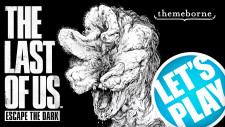

![TerrainFest 2024 Begins! Build Terrain With OnTableTop & Win A £300 Prize! [Extended!]](https://images.beastsofwar.com/2024/10/TerrainFEST-2024-Social-Media-Post-Square-225-127.jpg)
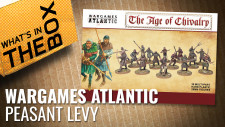
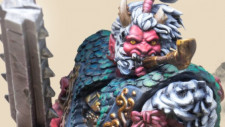
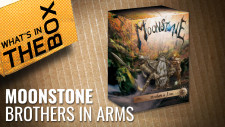






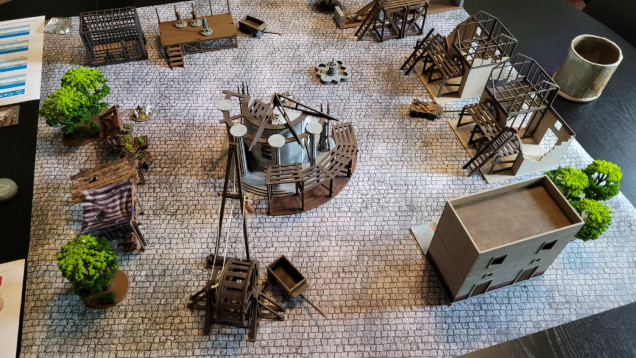
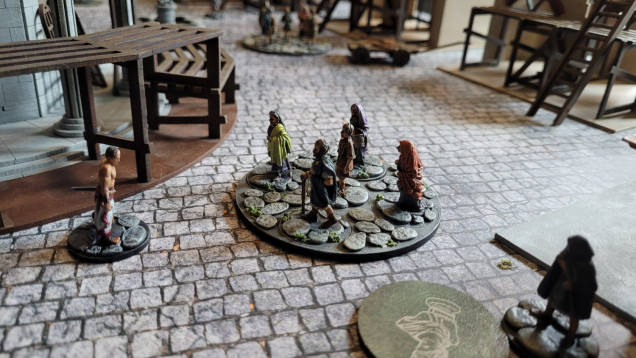
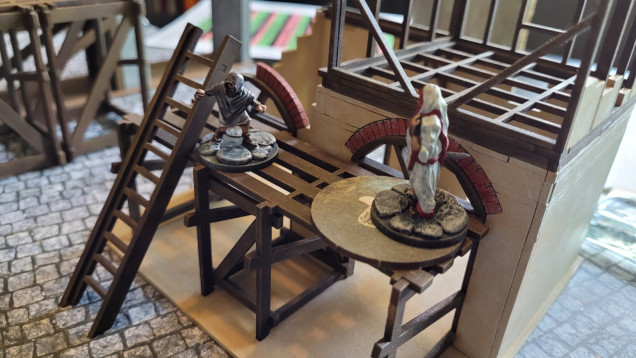
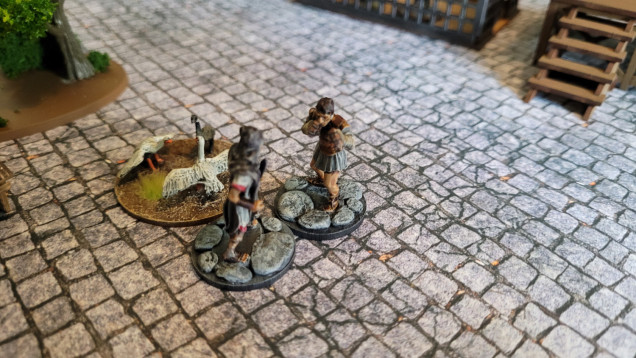
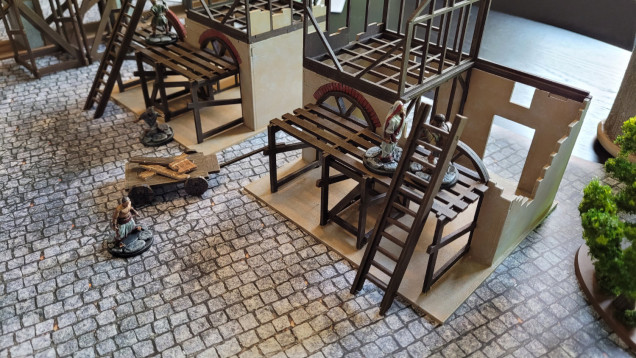


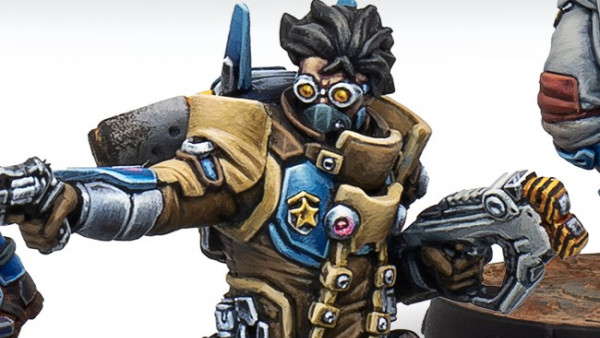
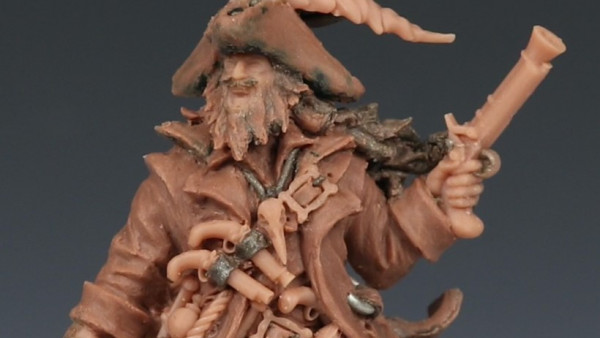
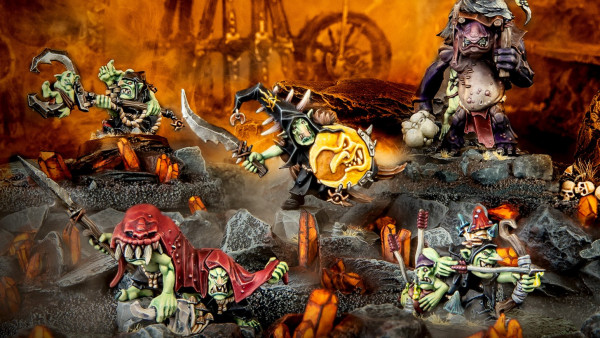
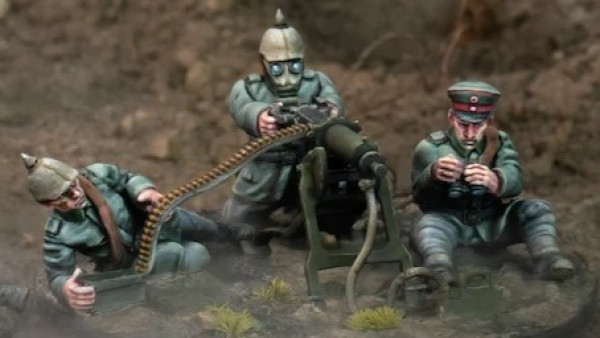
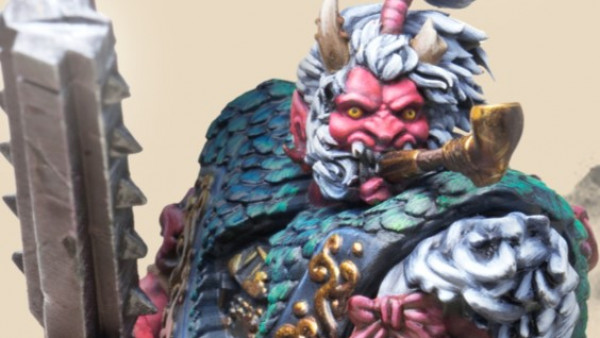
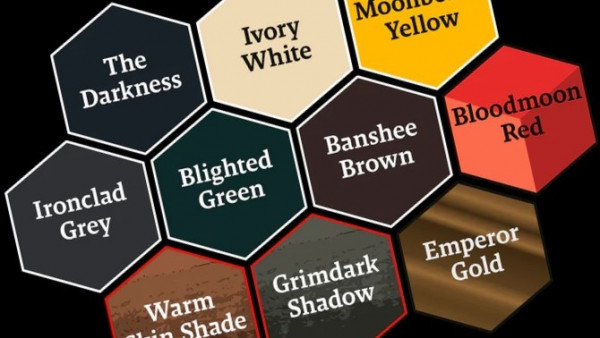
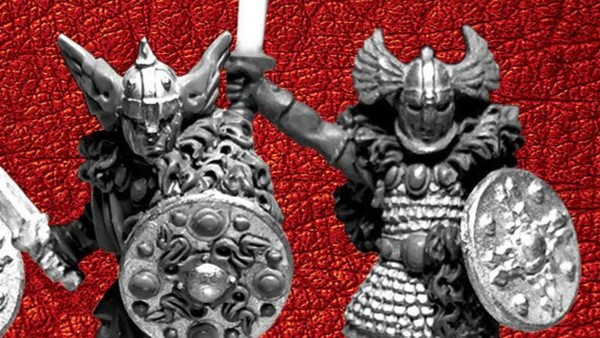


















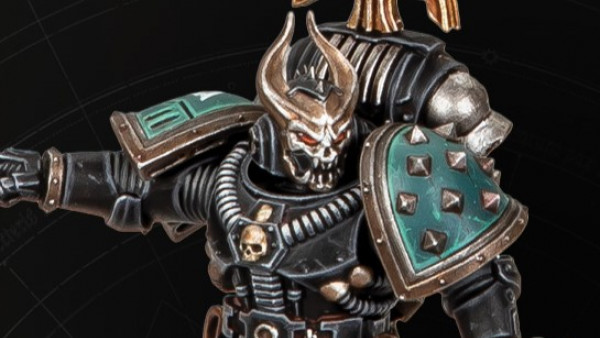
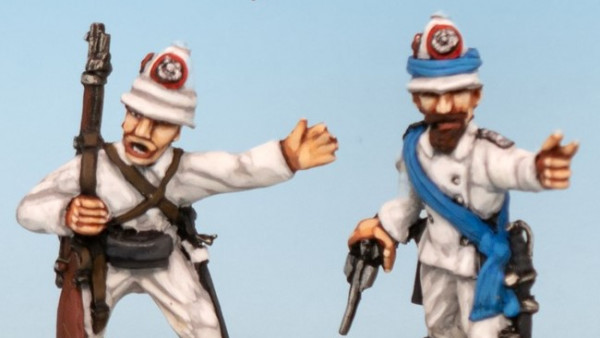
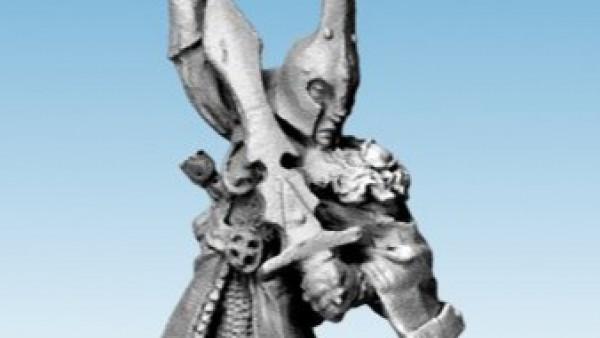
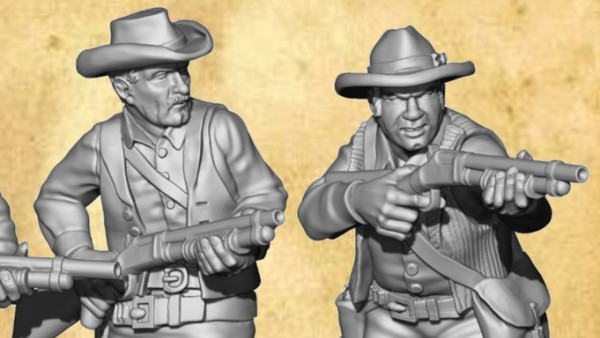


Leave a Reply